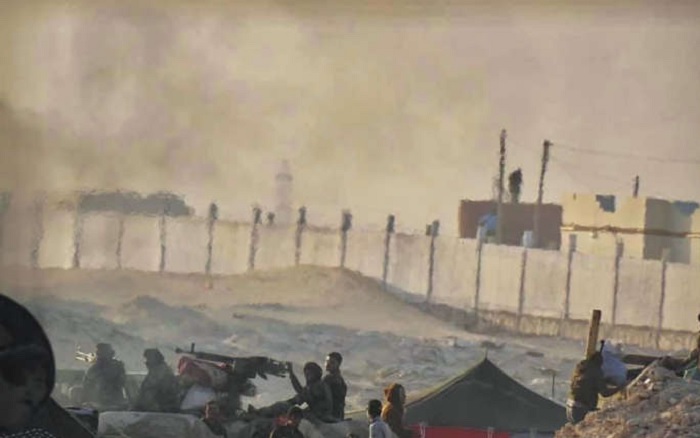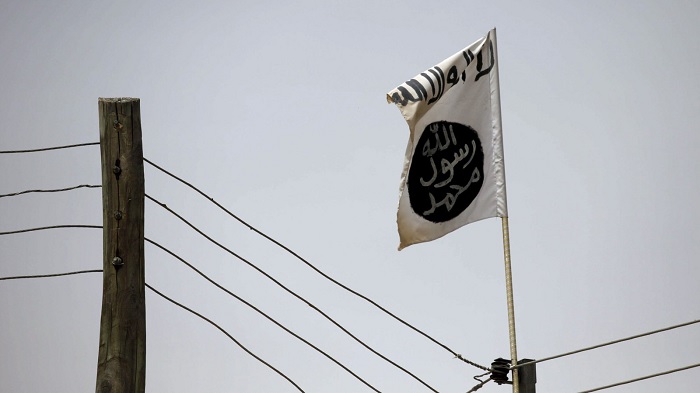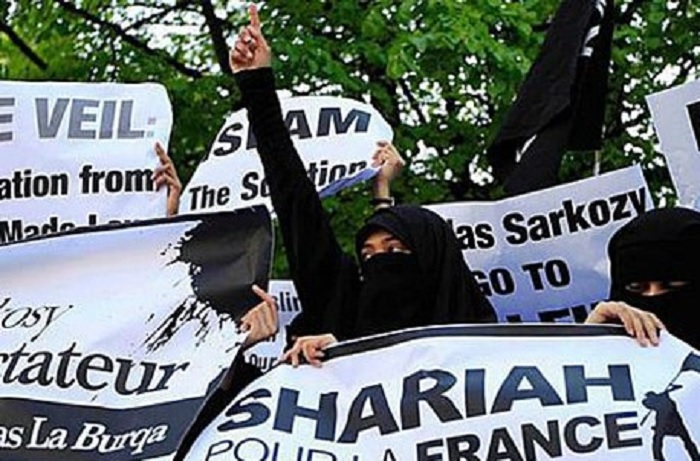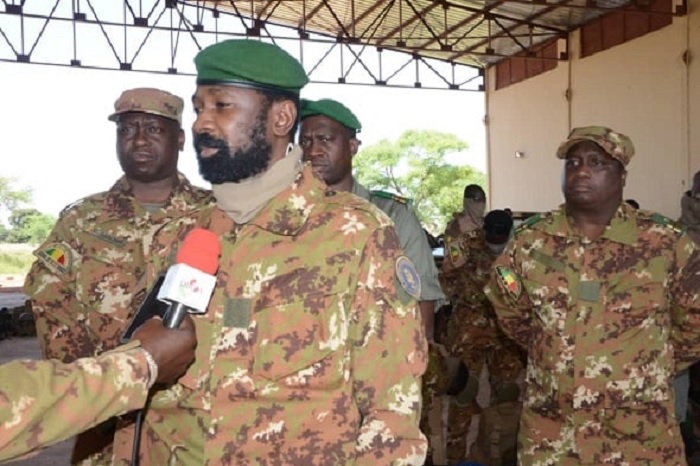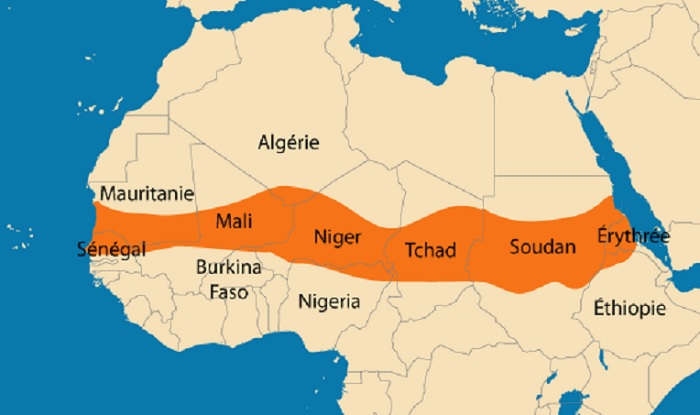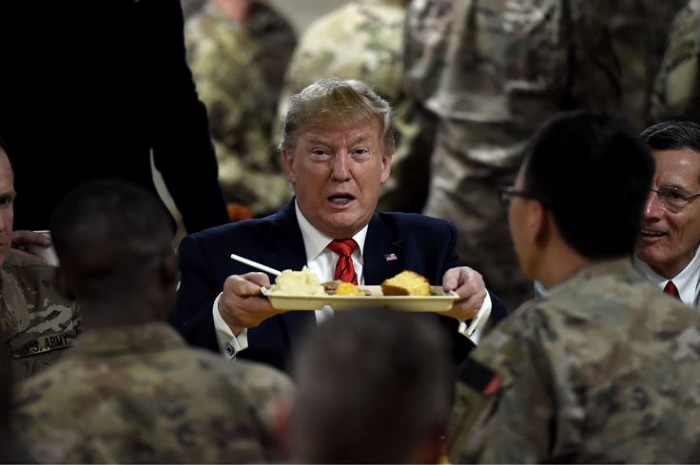Les déplacés, un fardeau pour les villes du Sahel
Abdoulaye Sawadogo ne sait plus vers qui se tourner pour récupérer sa parcelle: quand ce cultivateur a accueilli quelques déplacés qui cherchaient un endroit où déposer leur baluchon après avoir fui les violences dans le nord du Burkina Faso, il pensait que cela serait l’affaire de quelques semaines.

